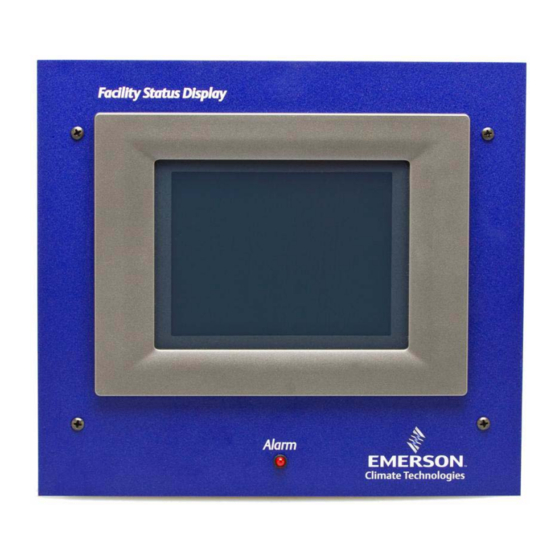The compressor power required to cool any refrigerated fixture or space can be
represented using the following equation:
α
1
=
⋅
⋅
⋅
P
m
P
R
α
ρ
−
c
s
1
Where,
P
= Power in watts consumed by compressor,
C
m
= mass flow rate (kg/sec) of refrigerant through the system,
R
P
= Pressure in Pascal at the suction of compressor,
s
P
= Pressure in Pascal at the discharge of compressor,
d
α = polytropic coefficient of refrigerant used,
ρ
= density (kg/m
s
The polytropic coefficient, α, is a function of refrigerant type. The density, ρ
the refrigerant gas is dependent on the temperature of the gas. Based on equation (1), it
can be easily seen that to reduce compressor power, P
able to implement one or more of the following strategies:
•
Reduce fixture refrigeration loads:
refrigeration (fixture cooling) load at the compressor suction, the lower the
required mass flow rate (m
in order to keep the evaporator load low, the control system should operate the
various system components as follows:
The expansion valve should carefully and precisely meter the refrigerant
-
flow so that the refrigerant is completely flashed to vapor inside of the
refrigerated fixture, thereby cooling only the air and product within the
fixture. Whenever liquid refrigerant passes through the fixture and into
the return suction line before being completely evaporated, some
refrigeration effect is lost and 'useless' refrigeration work is done. System
efficiency is reduced as a result and energy wasted. In addition, even
small amounts of liquid refrigerant in the suction line that reach the
compressor suction inlet can cause substantial damage or wear to the
compressor. Thus, expansion valves should meter refrigerant into fixture
evaporators such that all liquid refrigerant boils off before evaporator coil
outlets. Exit superheats must not be allowed to drop to zero.
Fixture evaporator coils should be defrosted with care and precision, with
-
no more defrost time or power than required. Over-defrosting adds extra
load
consumption. Over-defrosting can create a double penalty for refrigeration
systems with active defrost – electric or gas. This is because electricity is
wasted directly by the defrost process itself, while at the same time fixture
load is increased by the extra heat introduced into the fixture by the
⎡
α
⎤
−
1
⎛
⎞
α
⎢
⎥
P
⎜ ⎜
⎟ ⎟
⋅
−
d
.....................................................................................(1)
1
⎢
⎥
⎝
⎠
P
⎢
⎥
s
s
⎣
⎦
3
) of refrigerant gas at the compressor suction
) and resulting compressor power will be. Therefore,
R
to
refrigerated
fixtures
, the control system must be
C
The smaller the apparent evaporator
and
increases
compressor
, of
s
power
Page 3 of 15

